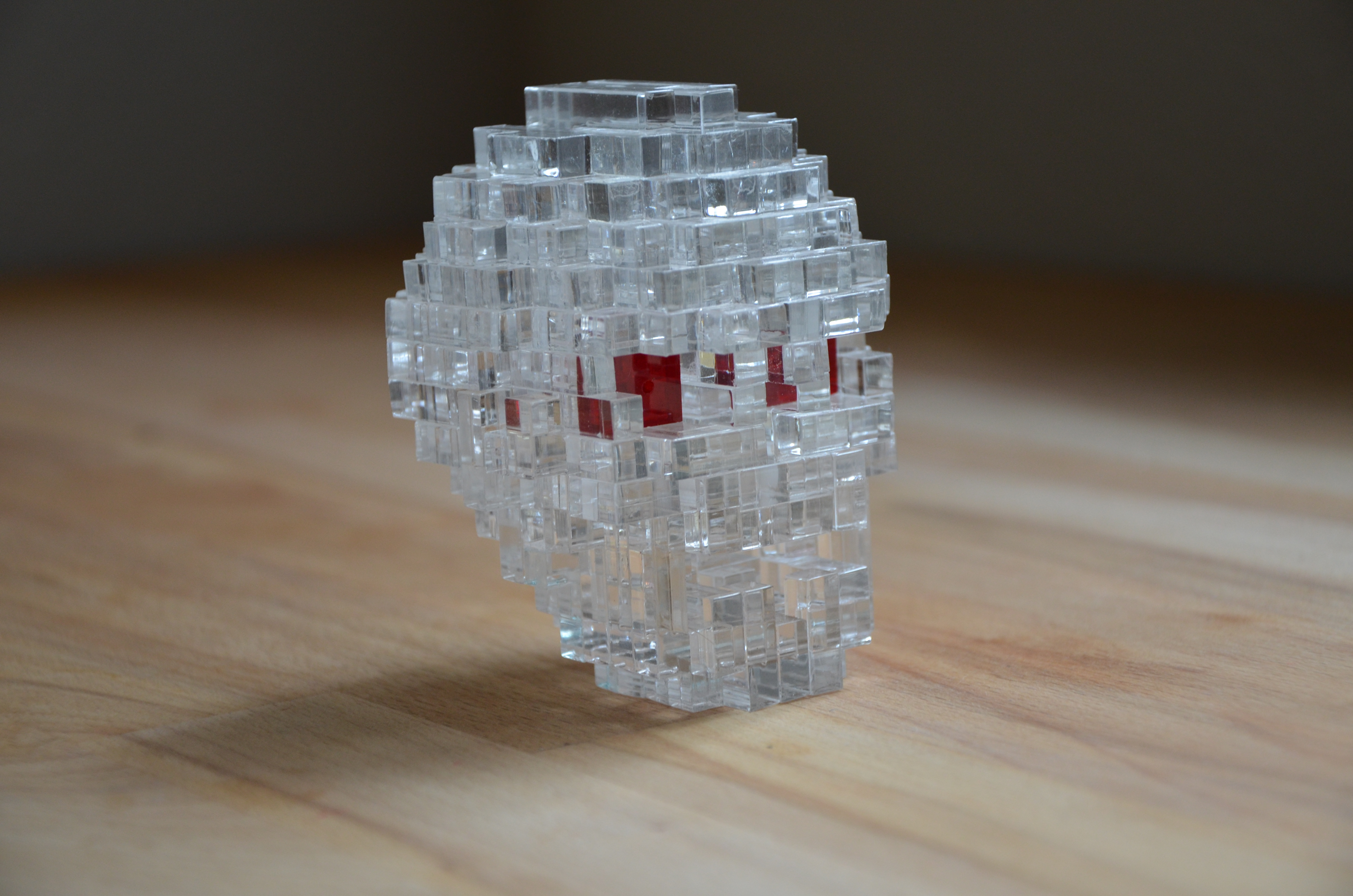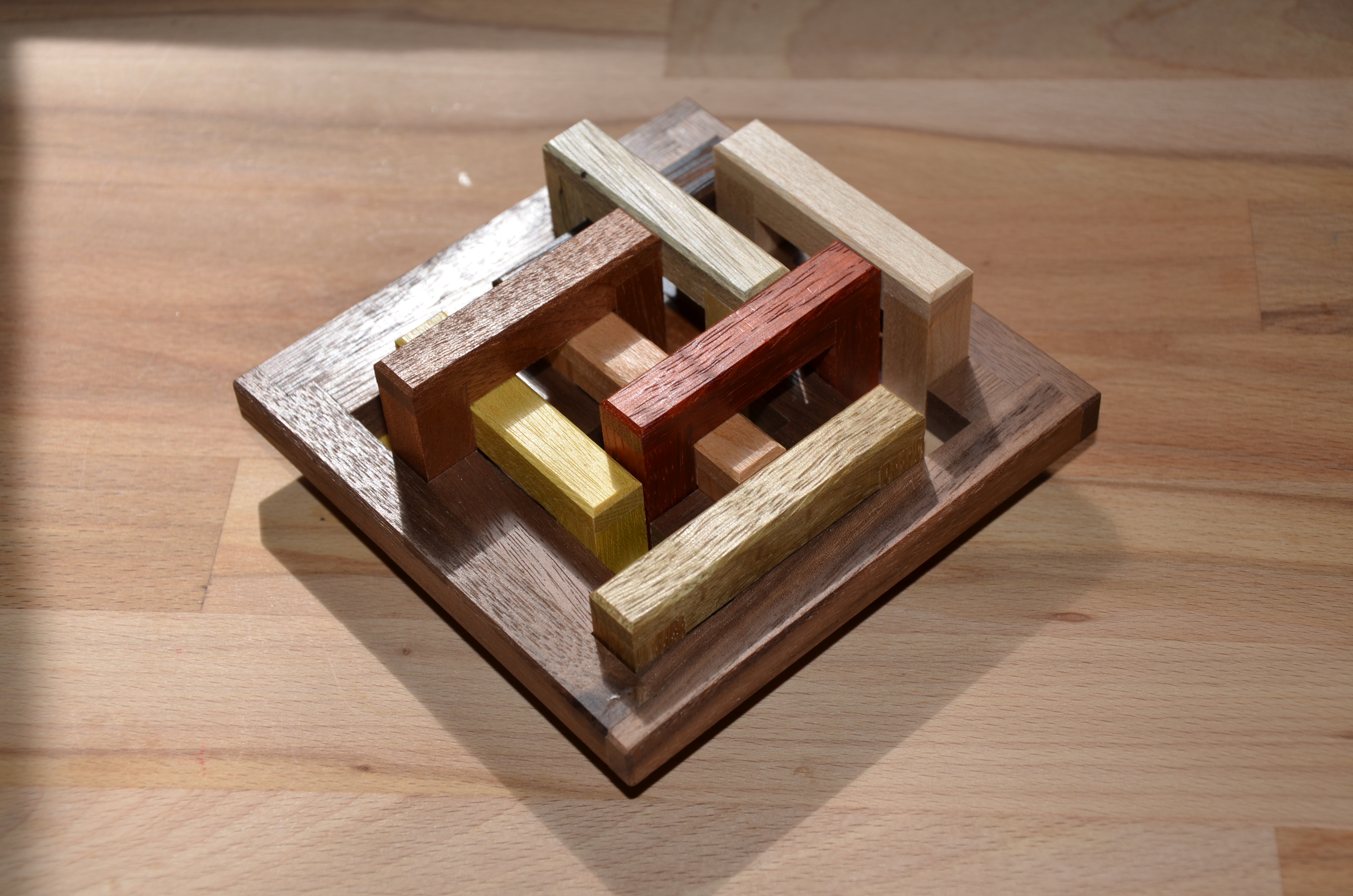Solved
-
Read More: Tower of London – Dr. Volker LatussekI recently ordered a handful of puzzles from Rombol.de and among them is Tower of…
-
Read More: Cranium – Jerry LooYes! I was one of the lucky 8 people to get my hands on this…
-
Read More: TEETOTUM – Alfons EyckmansOk, here we go. We have Teetotum designed Alfons Eyckmans and wonderfully crafted by Pelikan…
-
Read More: Notes – Tamas VanyoThis week, I’m working with Notes, designed by Tamas Vanyo and created by Eric Fuller…
-
Read More: Casino – Dr. Volker LatussekLast Friday, I received a shipment from Cubicdissection.com with 6 different puzzles including Casino, Split…
-
Read More: Wave Puzzle 7 – Yuu AsakaI am super excited for this one! I’ve been eyeing these acrylic puzzles designed by…
-
Read More: ARACNA – Alfons EyckmansOk, Today I have ARACNA by Alfons Eyckmans. The name makes sense considering what is…
-
Read More: Blocage – Stéphane ChomineWooo yeah. I’m still buzzing from having just completed Blocage, design by Stephane Chomine and…
-
Read More: Doable 12 – Junichi YananoseWooooo boy. This week, I have Doable 12 created by Juno over at Pluredro. This…
-
Read More: YyYy – Osanori YamamotoYyYy – All right. Here we go. Time to go on a journey with YyYy…









